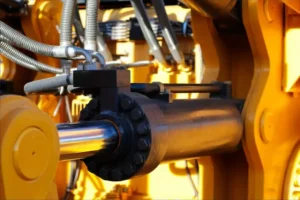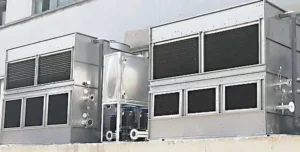Discover effective methods for accurately measuring metal melting temperatures with this comprehensive guide. Learn the best techniques for precise temperature determination, from thermocouples and pyrometry to differential scanning calorimetry. Explore safety protocols and essential considerations for conducting high-temperature experiments. Whether you’re a metallurgist, researcher, or enthusiast, unlock the secrets to mastering metal melting temperature measurement for your next project.

Measuring the melting temperature of metal can be done through various methods, depending on the equipment and resources available. Here are some common techniques:
- Thermocouples: Thermocouples measure temperature by exploiting the voltage generated at the junction of two different metals. They are commonly used for high-temperature measurements. To measure the melting temperature of a metal, a thermocouple can be inserted into or close to the metal being heated until it melts. The temperature at which melting occurs can then be read from the thermocouple.
- Pyrometry: Pyrometers are instruments used for measuring high temperatures, typically by detecting the amount of thermal radiation emitted by an object. A pyrometer can be pointed at the metal as it is heated, and the temperature at which it begins to melt can be noted.
- Differential Scanning Calorimetry (DSC): DSC is a technique used to measure the difference in heat flow into a sample and a reference material as they are subjected to a controlled temperature program. The melting temperature of a metal can be determined by observing the endothermic peak in the DSC curve, which corresponds to the energy absorbed during the melting process.
- Optical Methods: Some metals exhibit characteristic changes in optical properties as they approach their melting points. For example, their reflectivity may change. Optical methods can involve observing these changes using specialized equipment or even simple visual inspection under controlled lighting conditions.
- Furnace with Temperature Control: If you can access a furnace with precise temperature control, you can gradually increase the temperature while monitoring the metal sample. Once it reaches the melting point, the temperature reading of the furnace can be noted.
- Phase Diagrams: Consultation of phase diagrams specific to the metal being tested can provide valuable information about its melting temperature under certain conditions. Phase diagrams typically show the relationship between temperature, pressure, and the phases of a material (solid, liquid, gas).
- Thermal Analysis Techniques: Techniques such as differential thermal analysis (DTA) and differential scanning calorimetry (DSC) can be used to study the thermal behavior of materials, including the determination of melting temperatures.

When conducting experiments involving high temperatures or melting metals, always prioritize safety by wearing appropriate personal protective equipment and following established safety protocols.







